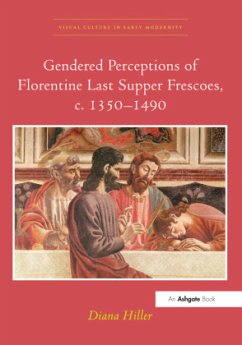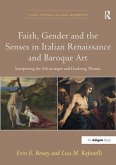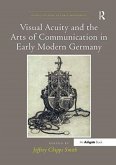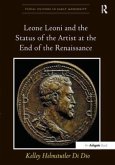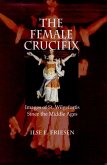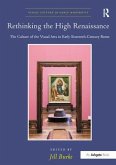Despite the large number of monumental Last Supper frescoes which adorn refectories in Quattrocento Florence, until now no monograph has appeared in English on the Florentine Last Supper frescoes, nor has any study examined the perceptions of the original viewers. This study examines the rarely considered effect of gender on the profoundly contextualized perceptions of the male and female religious who viewed the Florentine Last Supper images in surprisingly different physical and cultural refectory environments. In addition to offering detailed visual analyses, the author draws on a broad spectrum of published and unpublished primary materials, including monastic rules, devotional tracts and reading materials, the constitutions and ordinazioni for individual houses, inventories from male and female communities and the Convent Suppression documents of the Archivio di Stato in Florence. By examining the original viewers' attitudes to images, their educational status, acculturated pieties, affective responses, levels of community, degrees of reclusion, and even the types of food eaten in the refectories, Hiller argues that the perceptions of these viewers of the Last Supper frescoes were intrinsically gendered.
'... this well-written and well-illustrated volume provides many insights into the images analyzed here. Hiller has clearly scrutinized the images in question and offers much rich material, assembled both from her archival work and from the extensive published literature on which she draws. Her suggestive findings shed light on the quotidian lives of male and female religious, and her carefully nuanced visual analyses similarly illuminate the images that the residents would have seen daily.' Studies in Iconography

